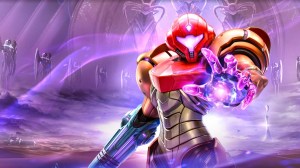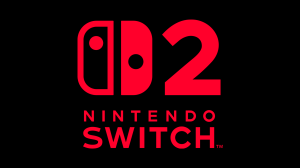Few franchises have shaped the landscape of gaming quite like Metroid. For nearly four decades, Samus Aran has evolved from a quiet 8-bit bounty hunter to one of Nintendo’s most iconic heroes, defining the Metroidvania genre and inspiring generations of developers. Across handhelds, home consoles, and experimental hardware, Metroid has always stood for something: bold atmosphere, isolation-driven storytelling, and a willingness to reinvent itself in ways most series never dare. Whether 2D or first-person, every entry left a unique imprint on the industry.
Videos by ComicBook.com
As we look ahead to Metroid Prime 4: Beyond, excitement is mixed with curiosity. Can it recapture the magic of the original Prime trilogy? Will it push the series forward in a meaningful way? Fans have waited more than a decade to see where Samus goes next, and expectations have never been higher. But while we wait for Nintendo’s next move, it’s the perfect moment to revisit the entire franchise. Below is every Metroid game, ranked worst to best.
13) Metroid Prime: Federation Force
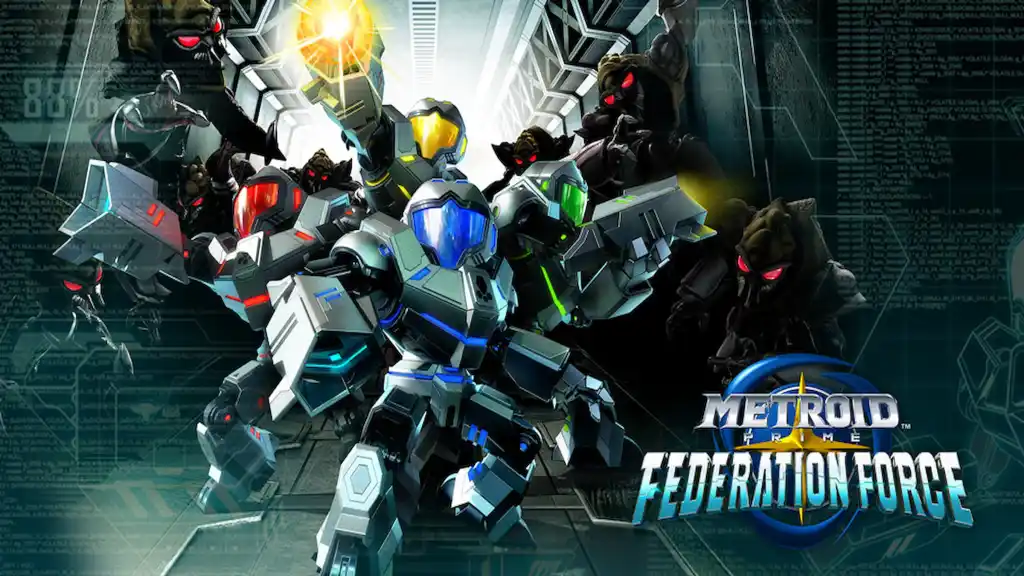
While technically bearing the Metroid label, Metroid Prime: Federation Force is the one entry most fans agree missed the mark. Instead of starring Samus Aran, players step into the boots of nameless Federation soldiers in a co-op-focused shooter that feels like a spin-off rather than a meaningful continuation of the Prime narrative. Its chunky, cartoonish art direction clashed hard with what fans expect from the franchise’s atmospheric sci-fi roots. At a time when the Metroid series was desperately waiting for a true comeback, Federation Force felt frustratingly out of touch.
Even on its own merits, the game struggled. Missions were repetitive, the controls were clunky on the Nintendo 3DS, and co-op, its primary draw, wasn’t compelling enough to justify the shift away from Samus. While some players appreciated its experimental approach, the game ultimately lacked the tension, isolation, and worldbuilding Metroid is known for. It drifted too far from what makes Metroid special, rather than taking it in a new direction. Federation Force isn’t unplayable, but among the entire lineup, it’s the one title that feels more like brand confusion than innovation. In a franchise defined by atmosphere, tone, and tight gameplay, this entry stands as the weakest link.
12) Metroid Prime Hunters
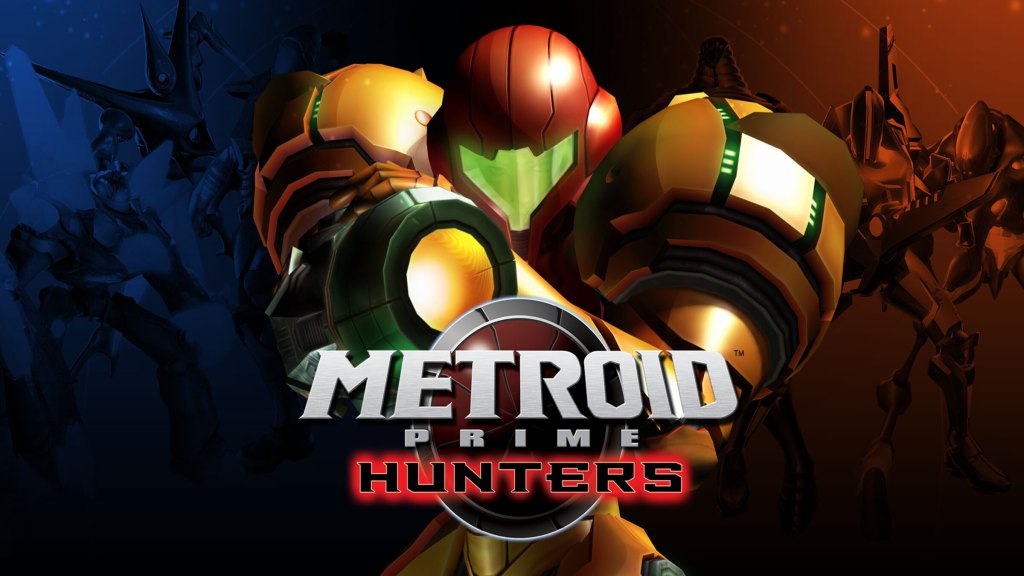
Metroid Prime Hunters was an ambitious experiment for the Nintendo DS, one that succeeded in certain areas but fell short of the series’ high standards. Designed to showcase the DS’s touchscreen capabilities, the game plays more like a competitive arena shooter than a traditional Metroid experience. The controls were innovative for their time, using the stylus for aiming, but they were also physically uncomfortable for long sessions. Hunters was packed with multiplayer features, which were abnormal for the series, and while it created a passionate niche community, it didn’t carry the depth or atmosphere fans expected.
The campaign itself felt surprisingly thin. Instead of exploring a dense, interconnected world, players jumped between isolated missions with minimal story or sense of progression. Samus’ rival bounty hunters, Noxus, Sylux, Spire, and others, were interesting additions to the lore, but their presence didn’t meaningfully enrich the universe. The environments, though visually impressive for DS hardware, lacked the depth and environmental storytelling that defines Metroid’s identity.
Hunters isn’t a bad game, just a mismatched one. Had it been a standalone IP for Nintendo, it may have seen more success. But with the Metroid name, it lands near the bottom of the ranking: ambitious, but too far removed from the soul of Metroid.
11) Metroid: Other M
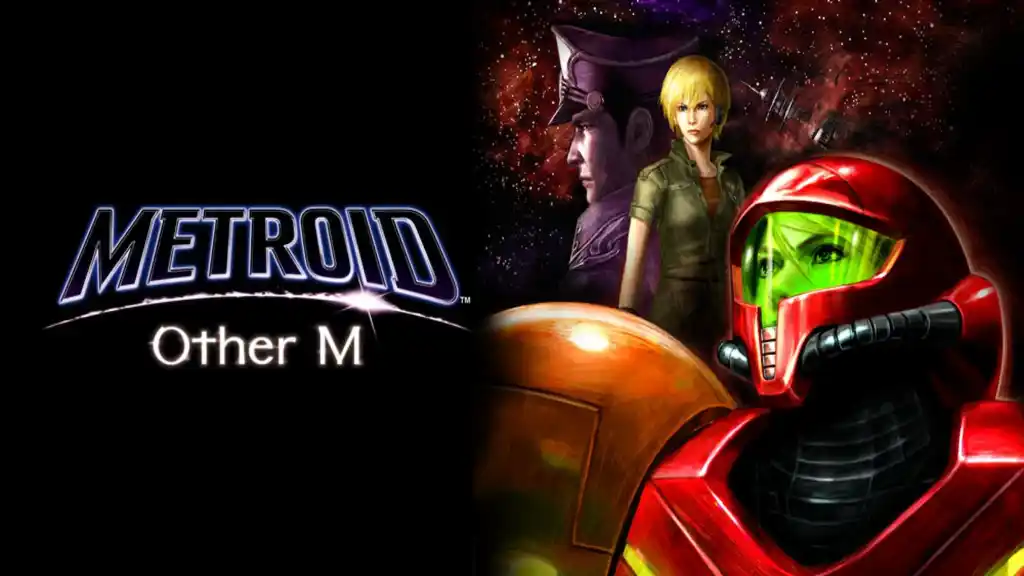
Few games in the series are as divisive as Metroid: Other M. On one hand, its blend of third-person action and first-person aim mode was bold and often exhilarating. On the other hand, its execution, particularly its narrative, was widely criticized. Team Ninja’s attempt to humanize Samus through heavy cinematic storytelling backfired for many fans, reducing one of gaming’s strongest, most mysterious protagonists into a character constrained by poor writing and awkward emotional beats. The vision was there, but it wasn’t Samus in the vision.
Gameplay-wise, Other M isn’t broken. Its dodge mechanics, quick movement, and melee finishers add stylish flair rarely seen in Metroid games. But these strengths clash with rigid design decisions, such as the infamous authorization system that locks Samus’ abilities until another character grants permission. This design choice strips away the franchise’s core theme of empowering exploration.
Visually, the game impressed on the Wii, with crisp character models and dramatic cutscenes. Yet even these strengths couldn’t overcome the disconnect between the tone fans expected and the melodramatic story delivered. Other M remains a fascinating but flawed experiment: it’s not the disaster some claim, but it’s far from the series’ best.
10) Metroid II: Return of Samus
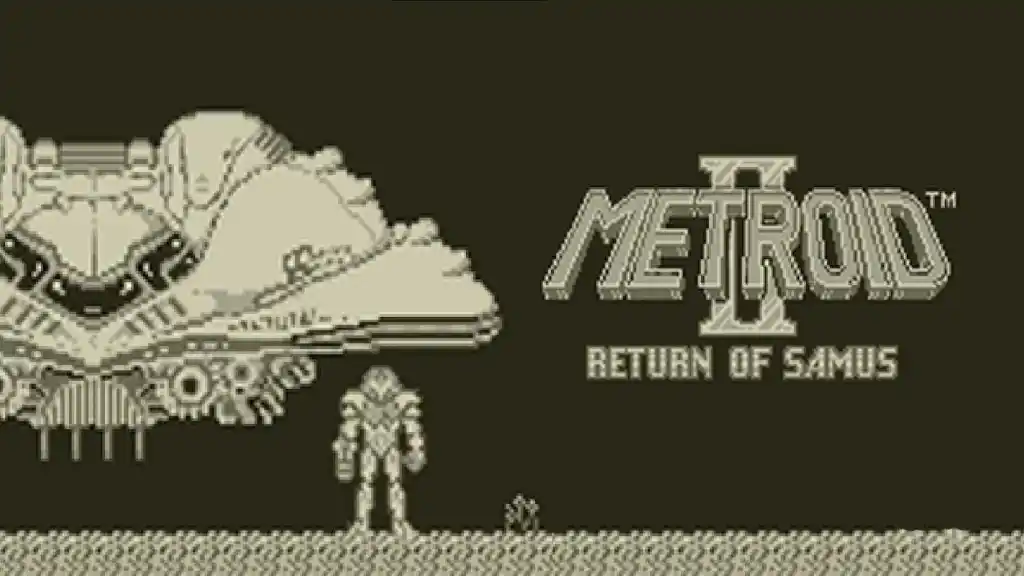
Released on the Game Boy in 1991, Metroid II: Return of Samus deserves credit for expanding the series’ lore and introducing pivotal elements like the Metroid Queen and the baby Metroid that would later reshape the franchise. However, the hardware limitations of the era significantly held back its potential. The small screen and limited resolution made navigation more frustrating than atmospheric, often turning exploration into guesswork. Yet despite its constraints, Metroid II is extremely important.
It was the first game to present Samus’ mission as a deliberate, methodical extermination of the Metroid species, giving the adventure a haunting sense of purpose. The game also introduced numerous enemies, new environments, and a greater sense of mission-based progression. Still, the repetition of similar-looking caves, lack of a map, and stiff movement prevent it from ranking higher. It’s a title that shines more through its historical value than its modern playability. Many of its best ideas were later fully realized in the remarkable remake Metroid: Samus Returns. Metroid II remains a foundational stepping stone for the series, but compared to later entries, it’s clearly outclassed.
9) Metroid
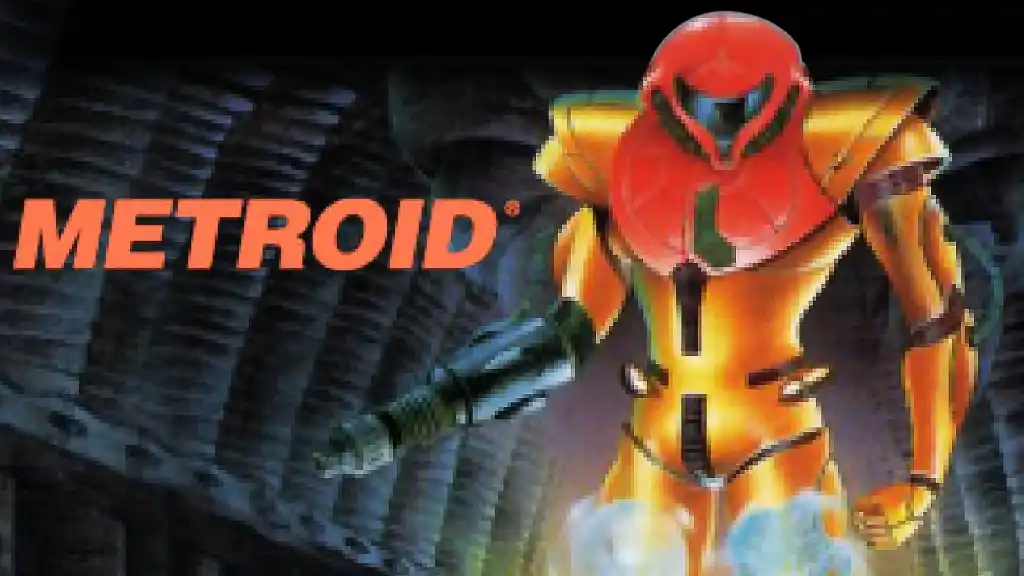
The original Metroid isn’t just a classic: it’s one of the most important video games ever made. Its atmosphere, nonlinear exploration, and mysterious world were revolutionary in 1986, establishing a formula that would inspire countless developers for decades. Zebes, with its labyrinthine structure, eerie music, and secrets tucked into every corner, created a new genre long before the term “Metroidvania” existed.
However, today, players will immediately recognize its limitations. The lack of an in-game map, frequent backtracking, and opaque progression make it challenging by today’s standards. Enemy patterns can feel erratic, damage is punishing, and the password system feels archaic. Despite these issues, the original Metroid still holds up surprisingly well as a reminder of brilliant design ahead of its time.
Its biggest legacy is the sense of isolation it established: Metroid didn’t need dialogue or cutscenes to tell a gripping story. The reveal that Samus was a woman was groundbreaking, cementing the game in gaming history forever and making her a fan favorite protagonist. While later entries refined and perfected the formula, the original Metroid remains an essential piece of gaming heritage, even if it doesn’t top the list.
8) Metroid Prime 2: Echoes
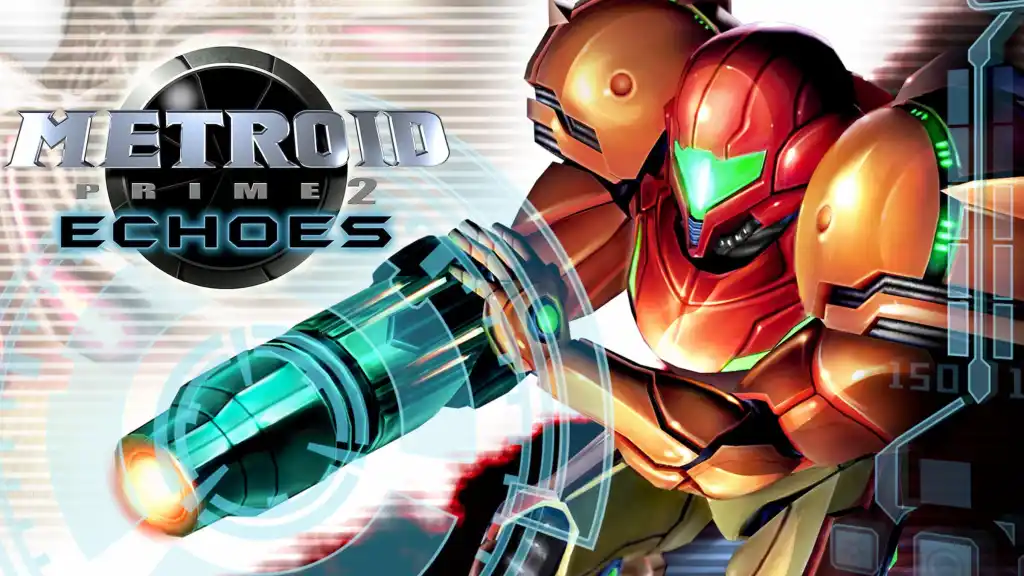
Metroid Prime 2: Echoes is one of the most challenging entries in the series, and that difficulty is both its defining strength and the reason it ranks lower than other Prime titles. The Light World/Dark World mechanic, clearly influenced by A Link to the Past, added depth and complexity but also introduced punishing environments where Samus constantly takes damage outside safe zones. This mechanic created incredible tension yet made exploration more stressful than rewarding.
Narratively, Echoes shines. The Luminoth civilization, the Ing, and the concept of parallel worlds add rich texture to the Metroid universe. The game’s bosses, especially Quadraxis, are among the series’ most memorable. Retro Studios pushed the GameCube hardware to new heights, delivering stunning visuals, atmospheric lighting, and haunting sound design.
However, the game’s higher difficulty curve, more linear structure, and occasionally frustrating world design prevent it from matching the elegance of the first Prime. That said, Echoes deserves immense respect. It’s ambitious, daring, and unafraid to push players out of their comfort zone. For fans who enjoy challenging exploration, it remains a masterpiece, just one that asks a lot from its players.
7) Metroid Prime 3: Corruption
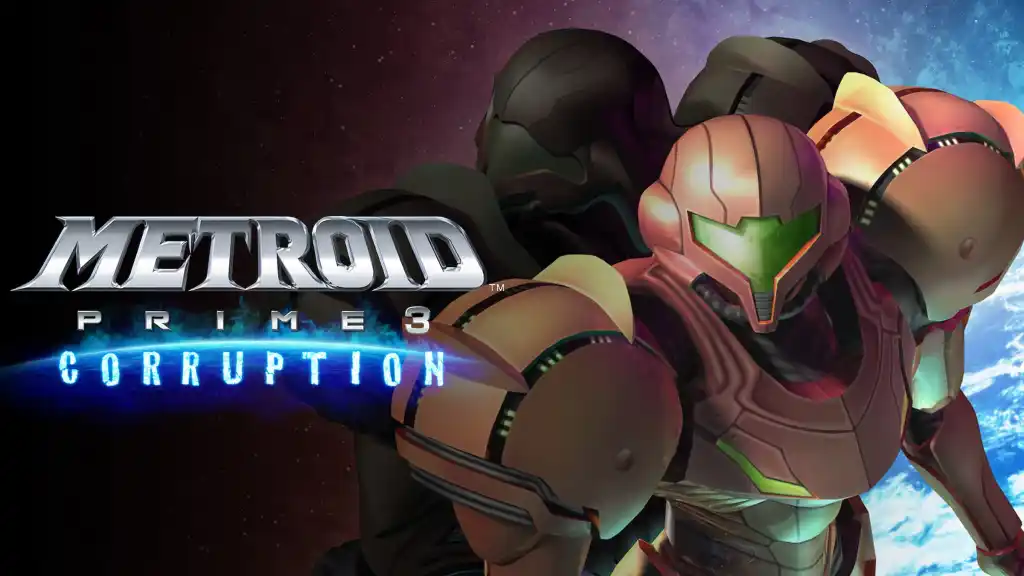
Metroid Prime 3: Corruption brought the trilogy to a cinematic conclusion, embracing a more story-driven structure than its predecessors. While some fans prefer the lonely, atmospheric exploration of the original Prime, Corruption’s broader focus on narrative, characters, and large-scale conflict made it one of the Wii’s most impressive titles.
The Wii Remote aiming system remains one of the most fluid FPS control schemes ever created, giving combat a precision the earlier Prime games couldn’t match. Samus’ corrupted Phazon abilities, flight sequences, and multiple planets to explore added variety and a sense of intergalactic scope. The pacing was smoother, and the game flowed more naturally thanks to improved navigation and clearer objectives.
However, this shift toward accessibility came at a cost. Corruption is the least isolated entry in the Prime trilogy, and some players felt that the increased presence of NPCs and guidance diluted the franchise’s identity. Even so, it’s a thrilling, polished adventure that balances narrative ambition with classic Metroid exploration. It may not reach the atmospheric heights of Prime 1, but it remains one of the series’ most satisfying journeys, even if you didn’t like the Wii controls.
6) Metroid: Samus Returns

A full reimagining of Metroid II, Metroid: Samus Returns is everything a modern handheld Metroid should be. MercurySteam’s remake rebuilds the original’s concept from the ground up, adding fluid movement, expanded environments, new abilities, and a cinematic flair that elevates the source material to new heights. Samus has never felt more agile, thanks to the free-aim system and melee counter that redefined combat in the series.
Samus Returns also adds new bosses, redesigned Metroid encounters, and dramatic set pieces that give the story more emotional and narrative weight. The game maintains the haunting undertone of Samus’ mission to exterminate the Metroids while adding layers of polish that the original deeply needed and allowed it to shine for the promise it always had.
Some fans criticized the game’s reliance on hidden items behind destructible blocks, and the melee counter, while fun, can feel slightly overused. Still, these issues pale in comparison to how well the game modernizes a classic Metroid story. Samus Returns is an essential reinterpretation that honors the original while surpassing it in every way. It revitalized 2D Metroid in a big way and paved the path for what would later become Metroid Dread.
5) Metroid: Zero Mission

Metroid: Zero Mission is not just a remake of the original Metroid; it’s the definitive version every fan should play. Everything great about the first game is preserved, but the frustrations are removed, replaced with smooth controls, gorgeous pixel art, and thoughtful worldbuilding. Zero Mission reimagines Zebes with a map system, refined progression, new areas, and a compelling postgame section that adds narrative depth and stealth mechanics.
Zero Mission also gives Samus more personality, not through dialogue, but through design choices and cinematic storytelling. The iconic Zero Suit sequence adds a new layer of vulnerability and worldbuilding, providing a fresh perspective on Samus’ ingenuity and resilience. Gameplay-wise, it’s near perfection. Movement is tight, power-ups are satisfying to collect, and the pacing is immaculate. The game takes everything that made the original revolutionary and refines it into a fast, polished, endlessly replayable adventure.
Zero Mission isn’t just a great remake, it’s one of the best 2D action-adventure games ever made. It honors the legacy of Metroid while modernizing it so completely that it feels like a brand-new game. It remains one of the best remakes Nintendo has made for any series, and sets the standard that so many other remakes fail to achieve.
4) Metroid Fusion

Metroid Fusion marks one of the boldest narrative shifts in the franchise. Instead of complete isolation, Fusion introduces a guided structure driven by the chilling SA-X antagonist: a terrifying doppelgänger of Samus created by the X Parasite infection. The result is a tense, horror-tinged adventure that pushes the franchise’s atmosphere in new directions while honoring its legacy.
Fusion’s linearity sparked debate among fans, but its tight pacing, excellent boss battles, and gripping story make it unforgettable. The sense of vulnerability is ever-present, especially during encounters with the SA-X, which remain some of the most suspenseful moments in all of Metroid. The game also expands Samus’ character in meaningful ways, exploring her relationship with the Galactic Federation and her internal struggle with the X Parasite.
While it deviates from the open-ended exploration of earlier titles, Fusion excels at everything it tries to do. Its pacing is masterful, its environments are rich with detail, and its story remains one of the strongest in the series. Fusion proved that Metroid could evolve narratively without losing its identity, a lesson that would deepen the franchise’s future and influence future games.
3) Metroid Dread
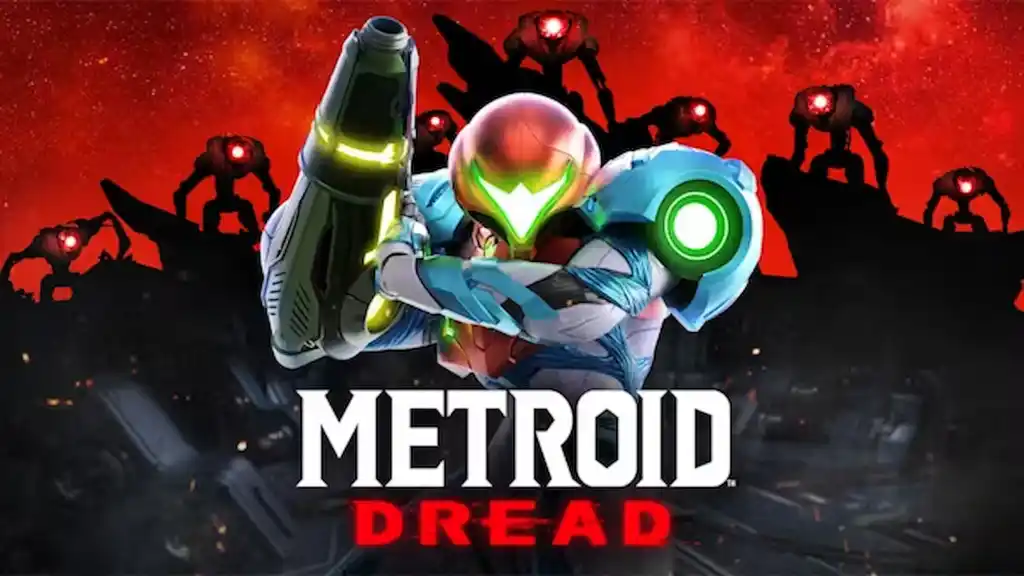
After nearly two decades, Metroid Dread delivered what fans long believed impossible: a brand-new 2D Metroid that not only lived up to expectations but exceeded them. MercurySteam built upon the foundation of Samus Returns and elevated it into a masterpiece of fluid movement, razor-sharp controls, and cinematic precision. Samus has never been more powerful or agile, and navigating planet ZDR feels incredibly smooth.
The E.M.M.I. zones introduce a thrilling new form of tension, blending stealth and survival mechanics into the classic Metroid formula. They reinforce the series’ signature atmosphere of being hunted while showcasing Samus’ adaptability and resolve. The game’s lore also ties together long-dormant storylines from Metroid Fusion, pushing the series into bold territory and giving long-time fans more clarity on past games.
Boss battles are spectacular, demanding mastery of Samus’ movement and abilities. The game respects the player with high difficulty but fair design. Sleek visuals, dynamic cutscenes, and a relentless pace make Dread one of the best 2D action games ever created. Dread isn’t just a return to form; it’s a reinvention that proves 2D Metroid is alive, thriving, and still capable of surprising the world.
2) Metroid Prime

Few games have ever transitioned from 2D to 3D as flawlessly as Metroid Prime. Retro Studios redefined what the franchise could be without sacrificing an ounce of its atmospheric DNA. Prime isn’t a shooter: it’s an immersive exploration experience told through the visor of Samus Aran. From the moment you step onto Tallon IV, the world feels alive, mysterious, and drenched in environmental storytelling.
The scanning system is genius, transforming worldbuilding into an active part of gameplay. The soundtrack by Kenji Yamamoto remains one of the most atmospheric in gaming history. Each region, from Phendrana Drifts to Magmoor Caverns, feels distinct, interconnected, and expertly crafted. Despite its 3D environments, it feels just as true to the Metroidvania genre as a 2D game does. Metroid Prime Remastered only further heightens this aspect.
Combat is deliberate, puzzles are clever, controls are perfectly tuned for exploration, and boss encounters are unforgettable. Prime is a masterclass in immersion, pacing, and environmental design. Even today, few games match its sense of discovery. Metroid Prime didn’t just reinvent the franchise. It set a standard for first-person adventure games and launched some of the most beloved games in the series, and ultimately has led to Metroid Prime 4’s upcoming release.
1) Super Metroid

Super Metroid is not just the best Metroid game. It’s one of the greatest games ever created, not just in the Metroidvania genre. Everything about it is near-perfect: the atmosphere, the pacing, the world structure, the bosses, the soundtrack, the emotional beats. It defined an entire genre and influenced game design for generations. While Metroid may have been one of the founding games of the genre, Super Metroid is responsible for its explosive popularity.
Zebes is a masterpiece of interconnected worldbuilding. From the eerie descent into the wrecked Space Colony to the iconic battle with Mother Brain, every moment feels carefully crafted. Power-ups are introduced with elegance, combat is precise, and exploration is rewarded with constant discovery. Super Metroid’s storytelling is brilliant without using a single line of dialogue. The baby Metroid’s sacrifice remains one of gaming’s most memorable emotional moments.
No other Metroid title captures the pure essence of the franchise as perfectly as Super Metroid. Its legacy is unmatched, its influence immeasurable, and its quality undeniable. Super Metroid stands at the top as a masterpiece, and its influence on the genre can be seen in the likes of Hollow Knight and more.
What do you think? Leave a comment below and join the conversation now in the ComicBook Forum!


